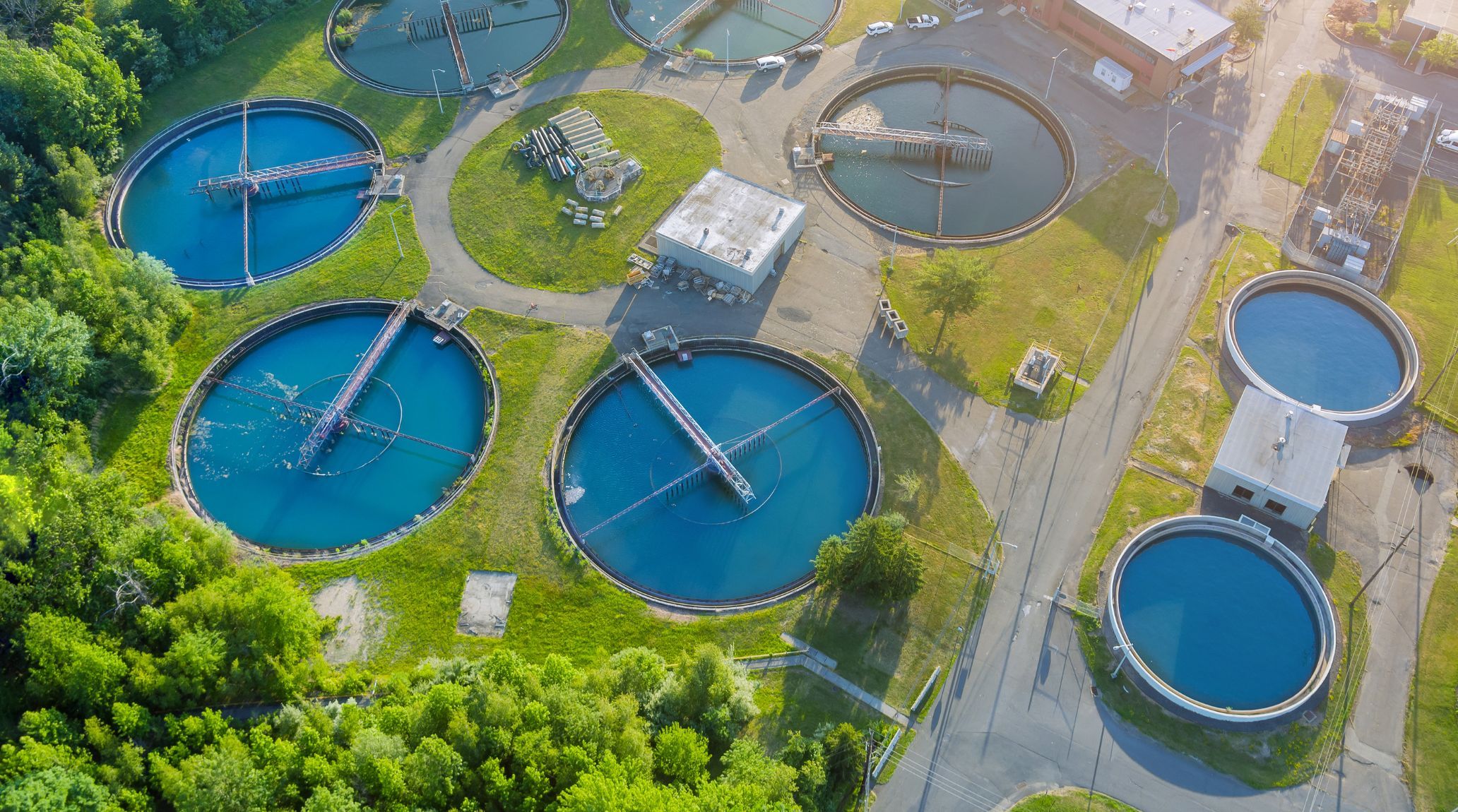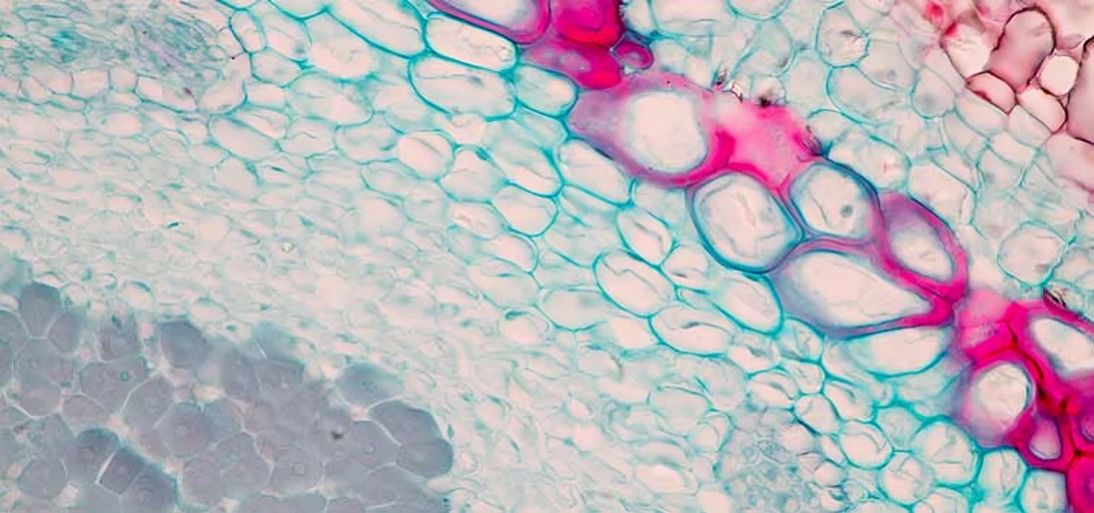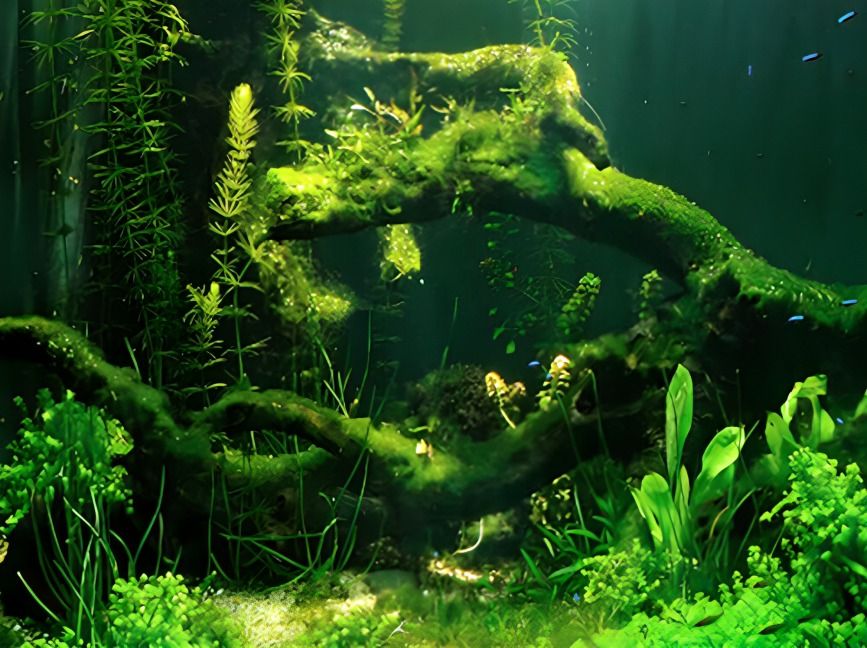
“
Biological filtration is a natural and effective method used in water treatment to remove contaminants. In this article, we present 20 essential facts about biological filtration, including how it works, its benefits, and its challenges. Understanding these facts can help you appreciate the role of biofilters in maintaining clean and safe water1
1
”
Biological filtration uses microorganisms to break down organic waste in water, making it cleaner and safer. This natural process is key in maintaining healthy aquatic environments and water treatment systems. 1
Biofiltration systems rely on beneficial bacteria to convert harmful substances like ammonia into less toxic compounds. This conversion is crucial for the health of fish and other aquatic life. 2
In wastewater treatment, biological filtration helps remove organic pollutants before water is released back into the environment. This process plays a vital role in reducing water pollution. 3
Biological filters are often used in aquariums to maintain water quality by continuously processing waste products. This ensures a stable environment for aquatic organisms. 4

Nitrifying bacteria in biofilters convert ammonia, a toxic waste product, into nitrites and then into nitrates, which are less harmful. This process is essential for preventing ammonia buildup in water.
Biofilters can be designed for various applications, including wastewater treatment, drinking water purification, and aquaculture. Their versatility makes them a valuable tool in water management. 5
The effectiveness of biological filtration depends on maintaining a healthy population of microorganisms. Factors like water flow, oxygen levels, and temperature all play a role in supporting these microbes. 6
Biofilters require a startup period where bacteria colonies grow and stabilize before they can effectively process waste. This period is critical for the long-term success of the filtration system. 7
In addition to bacteria, biofilters can also support other microorganisms like protozoa and fungi. These organisms contribute to the breakdown of organic material, enhancing the filter's efficiency. 8
Biofiltration is an eco-friendly water treatment method, as it relies on natural processes rather than chemicals. This reduces the environmental impact of water purification. 9
The surface area of a biofilter media is crucial, as it provides space for bacteria to colonize. Materials like porous rock, ceramic rings, or plastic balls are commonly used to maximize surface area. 10
Biofilters are self-sustaining systems, as the microorganisms continually reproduce and replenish their populations. This makes biological filtration a low-maintenance option for water treatment. 11
Biofiltration can remove dissolved organic compounds that are not captured by mechanical filtration. This improves water clarity and quality in both natural and artificial aquatic systems. 12
Biological filtration is used in aquaponics, where fish waste is converted into nutrients for plants. This symbiotic relationship benefits both the plants and the aquatic organisms. 13

In pond management, biological filters help control algae growth by removing excess nutrients from the water. This keeps the water clear and supports a balanced ecosystem.
Biofiltration is effective in removing odors caused by organic decomposition in water. By breaking down these compounds, biofilters help maintain a fresh and clean water environment. 14
The biofilm that forms on filter media is a complex community of microorganisms working together. This biofilm is the heart of the biological filtration process, driving the breakdown of waste. 15
Regular monitoring of water parameters is important to ensure that the biological filtration system is functioning properly. Parameters like pH, ammonia, nitrite, and nitrate levels indicate the system's health. 16
Biological filters can be combined with other filtration methods, such as mechanical or chemical filtration, for enhanced water purification. This multi-step approach ensures comprehensive water treatment. 17
In cold climates, biological filtration efficiency can decrease as the metabolism of bacteria slows down. Insulating the filter or using a heater can help maintain optimal conditions for the microbes. 18


